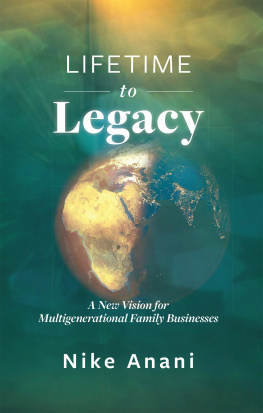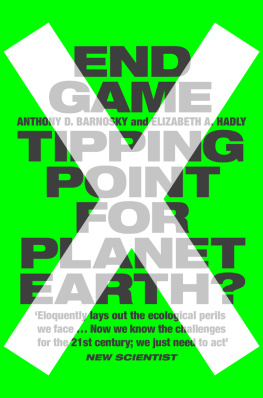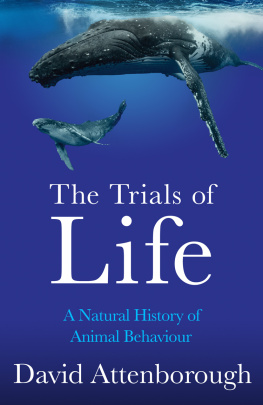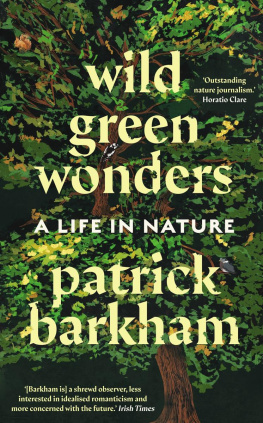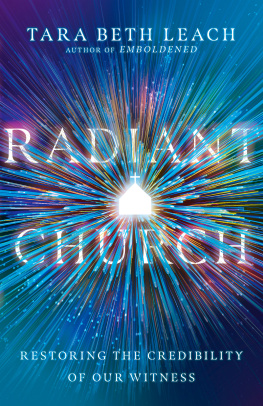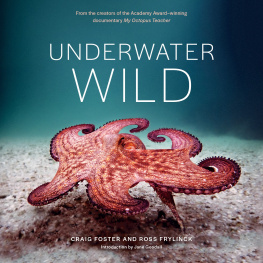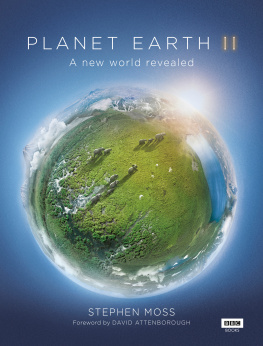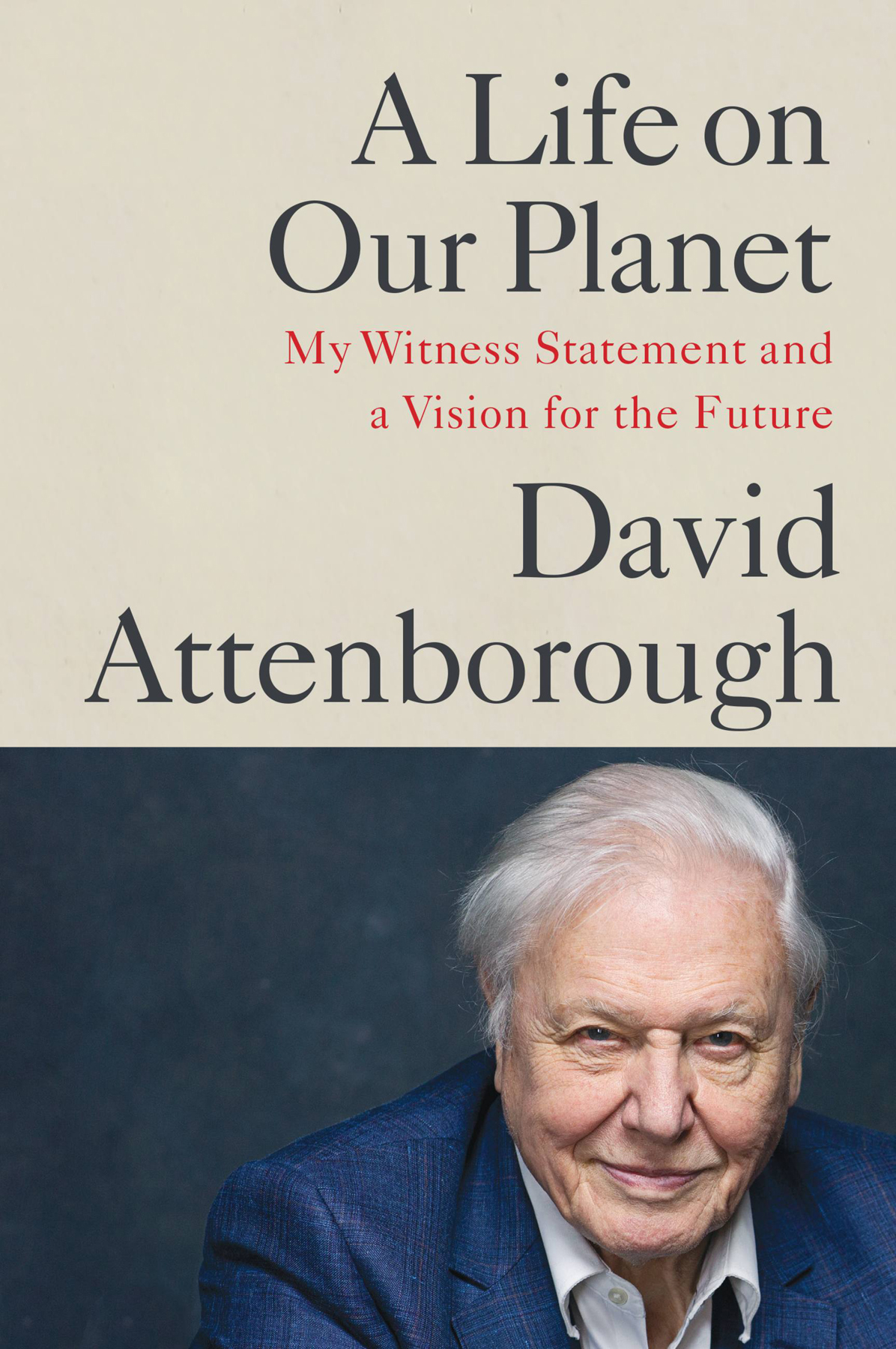
Copyright 2020 by David Attenborough Productions Ltd.
Cover copyright 2020 by Hachette Book Group, Inc.
Hachette Book Group supports the right to free expression and the value of copyright. The purpose of copyright is to encourage writers and artists to produce the creative works that enrich our culture.
The scanning, uploading, and distribution of this book without permission is a theft of the authors intellectual property. If you would like permission to use material from the book (other than for review purposes), please contact permissions@hbgusa.com. Thank you for your support of the authors rights.
Grand Central Publishing
Hachette Book Group
1290 Avenue of the Americas, New York, NY 10104
grandcentralpublishing.com
twitter.com/grandcentralpub
Published in Great Britain by Witness Books, an imprint of Ebury Publishing, in 2020.
First American Edition: October 2020
Grand Central Publishing is a division of Hachette Book Group, Inc. The Grand Central Publishing name and logo is a trademark of Hachette Book Group, Inc.
The publisher is not responsible for websites (or their content) that are not owned by the publisher.
The Hachette Speakers Bureau provides a wide range of authors for speaking events. To find out more, go to www.hachettespeakersbureau.com or call (866) 376-6591.
Illustrations and graphics by Lizzie Harper and Meghan Spetch
Print book interior design by seagulls.net
Library of Congress Cataloging-in-Publication Data has been applied for.
ISBNs: 978-1-5387-1998-5 (hardcover), 978-1-5387-2000-4 (ebook)
E3-20200818-JV-NF-ORI
With thanks to WWF for the scientific and conservation work informing this book and the accompanying film.
P ripyat in the Ukraine is a place unlike anywhere else I have been. It is a place of utter despair.
On the face of it, it seems quite a pleasant town, with avenues, hotels, a square, a hospital, parks with fairground rides, a central post office, a railway station. It has several schools and swimming pools, cafs and bars, a restaurant by the river, shops, supermarkets and hairdressers, a theatre and a cinema, a dance hall, gymnasiums and a football stadium with an athletics track. It has all the amenities we humans have brought into existence to give us a content and comfortable lifeall the elements of our homemade habitat.
Surrounding the towns cultural and commercial centre, are the apartments. There are 160 towers, built at specified angles to a well-considered grid of roads. Each apartment has its own balcony. Each tower its own laundry. The tallest towers reach almost 20 storeys high, and each is crowned with a giant iron hammer and sickle, the emblem of the towns creators.
Pripyat was built by the Soviet Union, in one busy period of construction in the 1970s. It was the designed, perfect home for almost 50,000 people, a modernist utopia to suit the very best engineers and scientists in the Eastern Bloc, together with their young families. Amateur film footage from the early 1980s shows them, smiling, mingling and pushing prams on the wide boulevards, taking ballet classes, swimming in the Olympic-size pool and boating on the river.
Yet no one lives in Pripyat today. The walls are crumbling. Its windows are broken. Its lintels are collapsing. I have to watch my step as I explore its dark, empty buildings. Chairs lie on their backs in the hairdressing salons, surrounded by dusty curlers and broken mirrors. Fluorescent tubes hang down from the supermarket ceiling. The parquet floor of the town hall is ripped up and scattered down the length of a grand, marble staircase. Exercise books litter the floors of school rooms, neat Cyrillic handwriting scoring their pages in blue ink. I find the pools emptied. The seats of sofas in the apartments have dropped to the floor. The beds are rotten. Almost everything is motionlesspaused. If something is stirred by a gust of wind, it startles me.
With each new doorway you enter, the lack of people becomes more and more preoccupying. Their absence is the truth that is most present. Ive visited other post-human townsPompei, Angkor Wat and Machu Picchubut here, the normality of the place forces your attention on the abnormality of its abandonment. Its structures and accoutrements are so familiar that you know their disuse cannot simply be due to the passing of ages. Pripyat is a place of utter despair because everything here, from the noticeboards that are no longer looked at, to the discarded slide rules in the science classroom, to the shattered piano in the caf, is a monument to the capacity of humankind to lose everything it needs, and everything it treasures. We humans, alone on Earth, are powerful enough to create worlds, and then to destroy them.
On 26 April 1986, reactor number 4 of the nearby Vladimir Ilyich Lenin Nuclear Power Plant, known to everyone today as Chernobyl, exploded. The explosion was the result of bad planning and human error. The design of Chernobyls reactors had flaws. The operating staff were not aware of these and, in addition, were careless in their work. Chernobyl exploded because of mistakesthe most human explanation of all.
Four hundred times more radioactive material than that expelled by the Hiroshima and Nagasaki bombs combined was sent over much of Europe on high winds. It fell from the skies in raindrops and snowflakes, entered the soils and waterways of many nations. Ultimately it broke into the food chain. The number of premature deaths caused by the event is still disputed but estimates range into the hundreds of thousands. Many have called Chernobyl the most costly environmental catastrophe in history.
Sadly, this isnt true. Something else has been unfolding, everywhere, across the globe, barely noticeable from day to day for much of the last century. This too is happening as the result of bad planning and human error. Not one hapless accident, but a damaging lack of care and understanding that affects everything we do. It didnt begin with a single explosion. It started silently, before anyone realised it, as a result of causes that are multifarious, global and complex. Its fallout cannot be detected by a single instrument. It has taken hundreds of studies across the world to confirm that it is even happening. Its effects will be far more profound than the contamination of soils and waterways in a few unfortunate countriesit could ultimately lead to the destabilisation and collapse of everything we rely upon.
This is the true tragedy of our time: the spiralling decline of our planets biodiversity. For life to truly thrive on this planet, there must be immense biodiversity. Only when billions of different individual organisms make the most of every resource and opportunity they encounter, and millions of species lead lives that interlock so that they sustain each other, can the planet run efficiently. The greater the biodiversity, the more secure will be all life on Earth, including ourselves. Yet the way we humans are now living on Earth is sending biodiversity into a decline.
We are all culpable but, it has to be said, through no fault of our own. It is only in the last few decades that we have come to understand that every one of us has been born into a human world that was always inherently unsustainable. But now that we do know this, we have a choice to make. We could carry on living our happy lives, raising our families, busying ourselves with the honest pursuits of the modern society that we have built, whilst choosing to disregard the disaster waiting on our doorstep. Or we could change.
Next page

